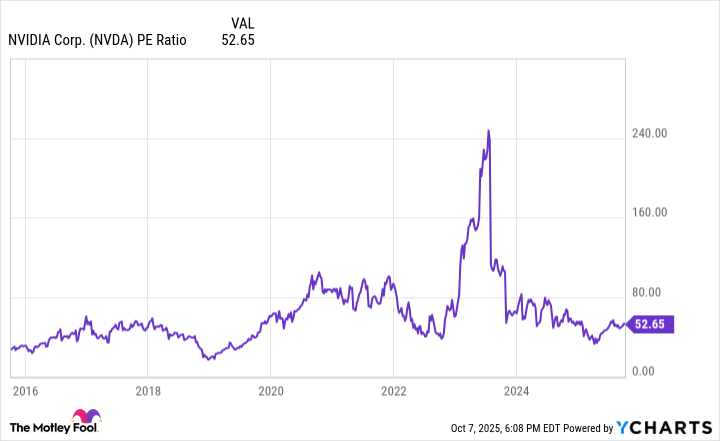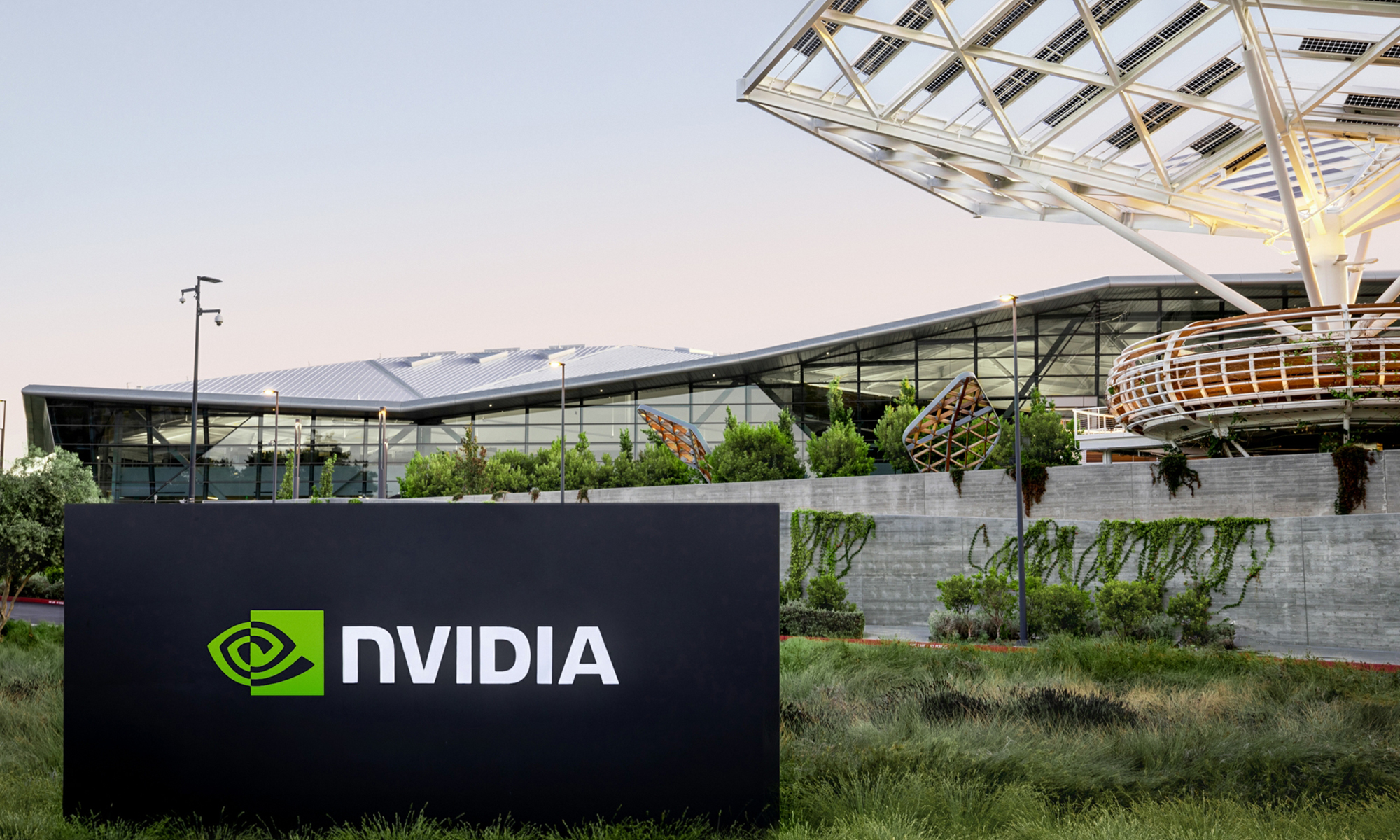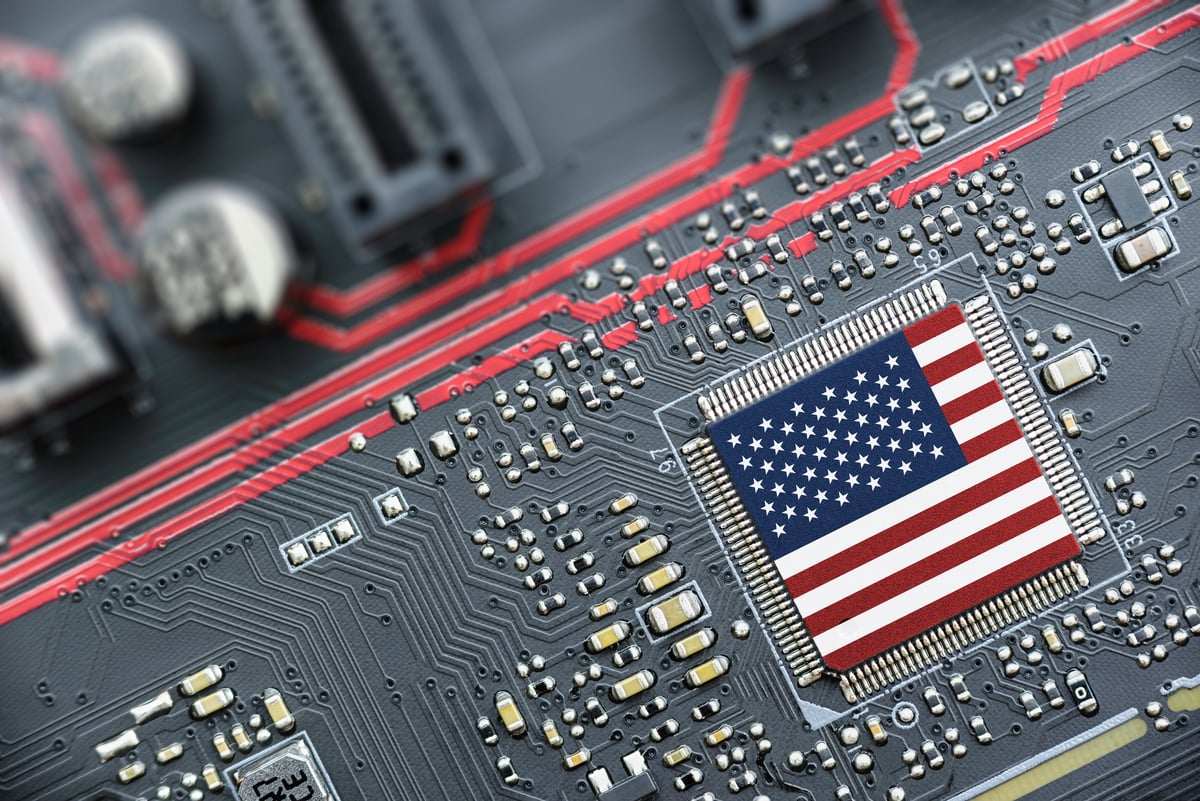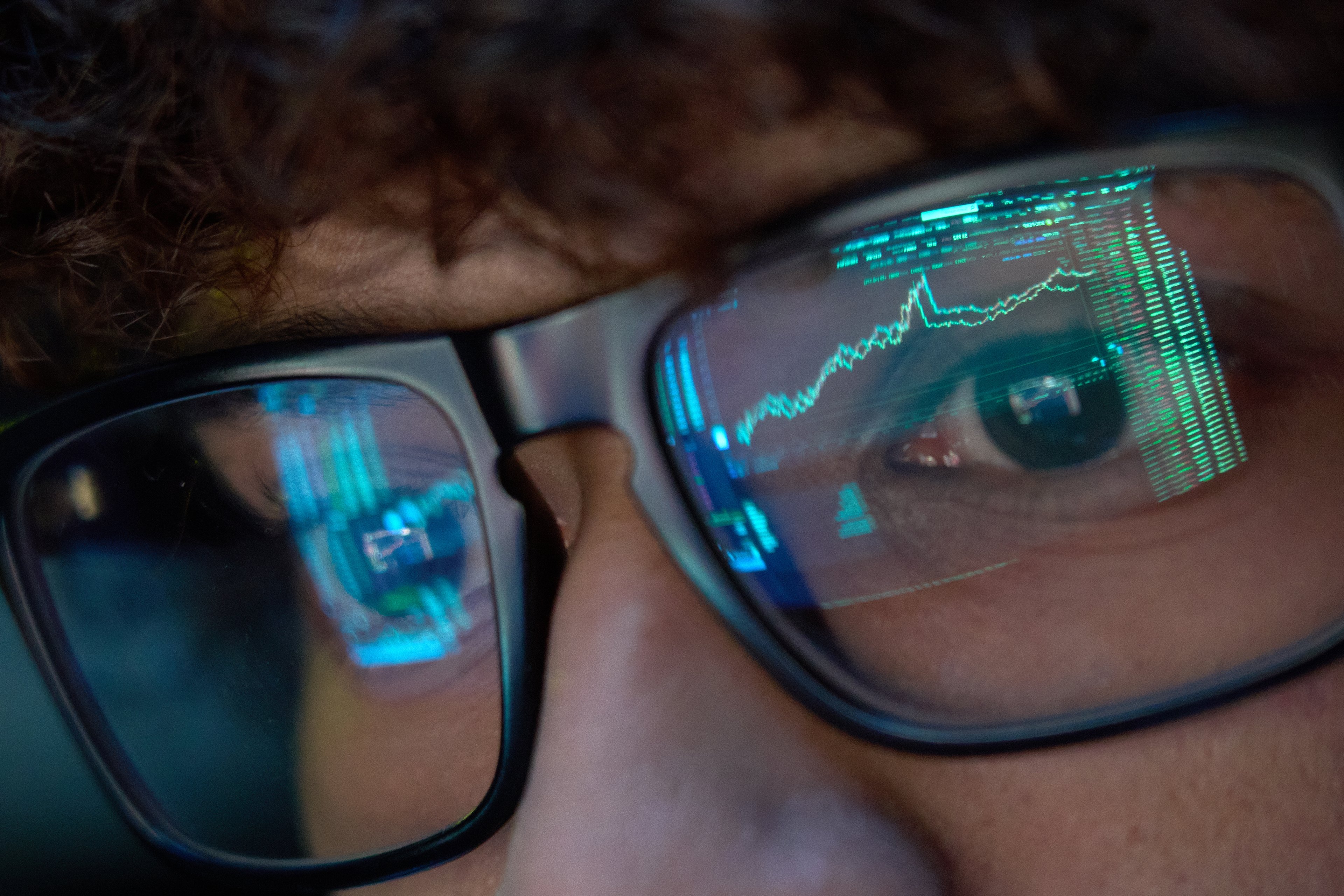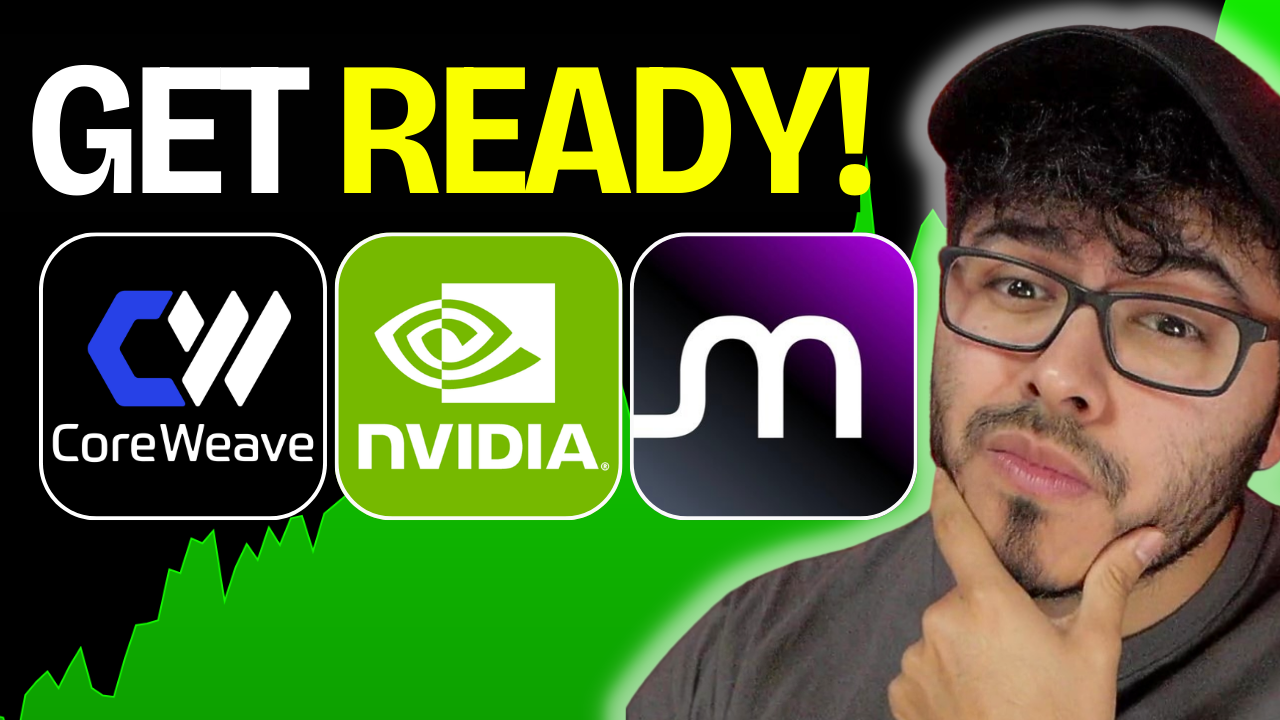Computing capacity is everything. At least, that is what CEO Sam Altman says about OpenAI. The artificial intelligence (AI) disruptor has been signing deals to help finance its increasing need for data centers to run its ChatGPT systems, which are growing rapidly and now have over 700 million weekly active users.
The largest of these deals is with Nvidia (NVDA +1.91%). Nvidia will invest $100 billion incrementally into OpenAI, which will then spend the money on Nvidia chips to build 10 gigawatts or more of AI data centers. This could not only be a lucrative investment for Nvidia, but should lead to a huge revenue boost for the rest of the decade.
Today, Nvidia has the largest market cap in the world, at $4.6 trillion as of this writing. Will this new OpenAI deal catalyze Nvidia to become the world's first $10 trillion stock? Let's take a closer look at the deal and find out.

NASDAQ: NVDA
Key Data Points
A $100 billion partnership
On Sept. 22, OpenAI and Nvidia jointly announced a potentially revolutionary strategic partnership. OpenAI is not like the giant cloud providers such as Alphabet, which spent years building infrastructure suited for AI. OpenAI is a large company, but its still not profitable and it needs a ton of capital to make its AI vision come true.
Nvidia is the key supplier of graphics processing units (GPUs) for AI data centers. Without the big tech balance sheets, OpenAI has gotten creative with its financing structure. Nvidia is going to slowly invest around $100 billion into OpenAI, who will then take that cash and build data centers with Nvidia computer chips. This could represent millions of GPUs purchased from Nvidia to build 10 gigawatts of capacity.
It is estimated that current data center capacity in the United States is just over 50 gigawatts. This means the proposed spending from OpenAI utilizing Nvidia GPUs could end up being a 20% boost to the total data center footprint in the United States today. This is a gargantuan scale that should put the $100 billion and 10-gigawatt claims in proper context.

Image source: Nvidia.
Nvidia's revenue potential
The AI data center boom already turned Nvidia into the largest company in the world by market cap. Its revenue over the last 12 months was $165 billion, which it turned into $86.6 billion in bottom-line net income.
OpenAI is not going to add $100 billion to Nvidia's top line in 2026. However, through 2030, it could incrementally add tens of billions to Nvidia's annual revenue figures, which would be impactful versus its $165 billion current level. Remember that OpenAI is not Nvidia's only customer: It sells to the likes of Meta Platforms, Microsoft, and Amazon for their own data center expansion plans.
We shouldn't forget the investment in OpenAI, either. Nvidia's $100 billion investment into OpenAI may not turn into trillions of dollars in value, but it could be quite lucrative if OpenAI turns into a trillion-dollar business itself and Nvidia owns 10% of the company (as an example, 10% isn't an exact figure).
NVDA PE Ratio data by YCharts
Will Nvidia hit $10 trillion?
OpenAI is setting the standard in AI infrastructure spending, and it is not low. Other competitors will need to raise their spending in order to match what OpenAI is building to catch up in the AI race.
All this will lead to more spending on Nvidia computer chips. If the company has a market cap of $4.6 trillion today versus $165 billion in revenue, it will likely need to hit $300 billion in annual revenue or more to hit a $10 trillion value.
Today, Nvidia has a net income margin of 53%. If that margin is maintained with revenue of $350 billion that arrives because of huge spending levels from OpenAI and others, Nvidia will have $185.5 billion in net income at some point within this decade. That would give it an expensive price-to-earnings ratio (P/E) of 54, but that is not far off from Nvidia's current P/E of 53.
It may seem unlikely, but there is a chance that OpenAI's deal spurs Nvidia to reach a market cap of $10 trillion by 2030. Just don't go investing in the stock thinking it is guaranteed to happen tomorrow.
